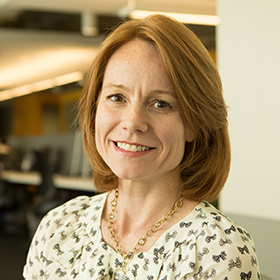Executive Summary
Key Learnings
- Assembling the right people took time.
- A compelling goal brought and kept people together.
- Learning together created a strong foundation for partnership.
- Identifying and supporting champions for concrete investment concepts translated talk into action.
- Collaborating effectively required a serious investment of time and resources.
- The most effective structure and approach for the collaborative was shaped by the field in which the collaborative operated and the issues that it tackled.
In mid-2016, two years after 12 leading funders had launched an ambitious early childhood development collaborative, the group still had not settled on any investments. The collaborative, formed at the invitation of the David and Lucile Packard Foundation (Packard Foundation) and the J.B. and M.K. Pritzker Family Foundation (Pritzker Family Foundation), had adopted a straightforward goal: identify a few high-impact ideas to improve kindergarten readiness for all children, and find collaborative ways to advance them. Noting the lack of progress, the group’s principal convener, Meera Mani, director of the Children, Families, and Communities Program of the Packard Foundation, bluntly asked the group, “Should we stop meeting?”
Posing this question helped prompt the collaborative to alter course—and pick up speed. Eighteen months later, two teams within the group had pooled $26 million to pursue big bets in two areas: strengthening the early childhood workforce of teachers and other professional care givers, and changing the standard of care in pediatric well-child visits. The two teams have invested much more in these strategies than any of the individual members would have on their own. And the full group, including some who have not invested in either the workforce or pediatric initiatives, continues to work to identify additional areas for collaboration.
This is a case study of how one collaborative set a fixed goal and continuously evolved its methods to achieve it. In sharing the choices these funders made and the turning points they faced, we hope this case study helps other funders chart their own course to successful collaboration.
Many of the essential steps that the early childhood collaborative took mirror those of other effective funder collaboratives: setting a goal, gathering (and continuing to gather) the right people, learning together, and building an infrastructure appropriate to its way of working. But this collaborative also faced a distinct choice about whether to continue or disband. And it pushed toward its investment strategy by enlisting members as “champions” to develop initial investment concepts that funders together could then shape. At every stage, the collaborative has needed to focus outward as well—building support for their strategies among the larger group of donors, policymakers, implementing agencies, and others whose participation will be critical in turning two ambitious co-investment strategies into real impact.




